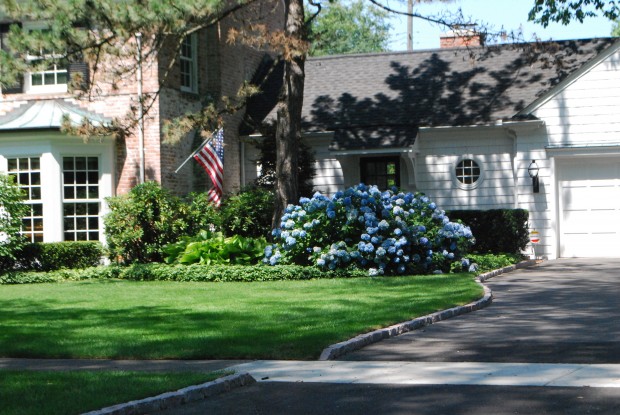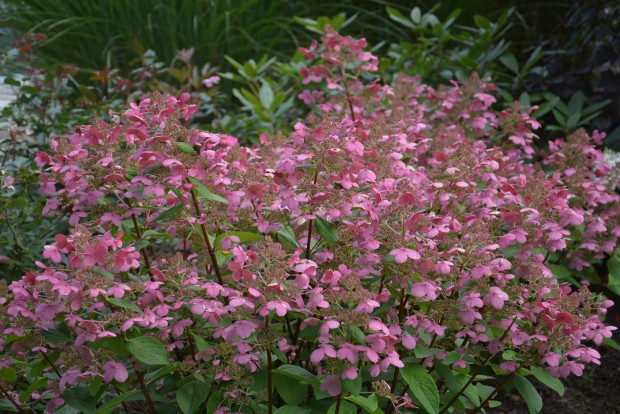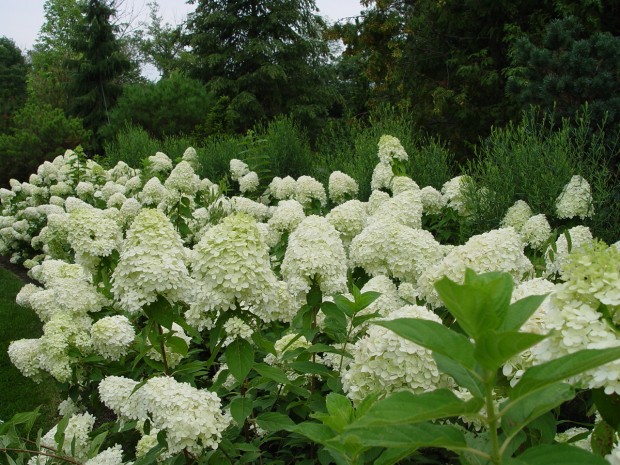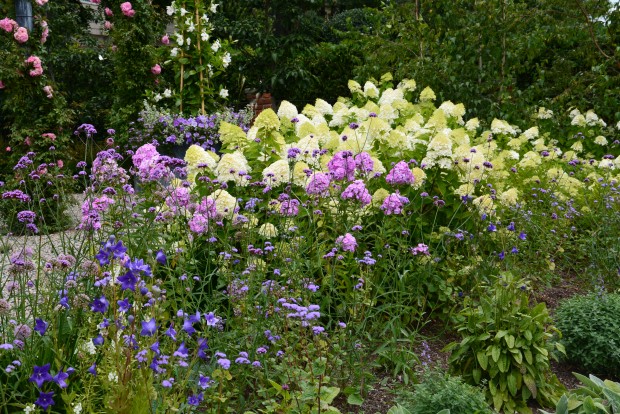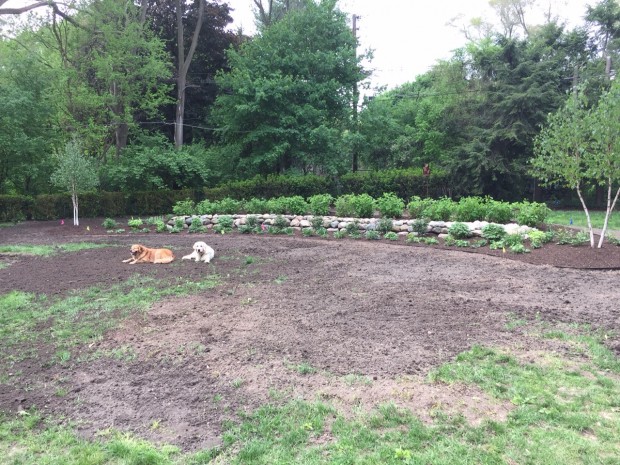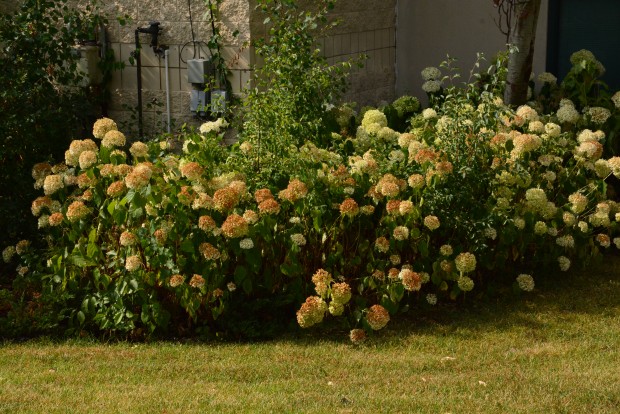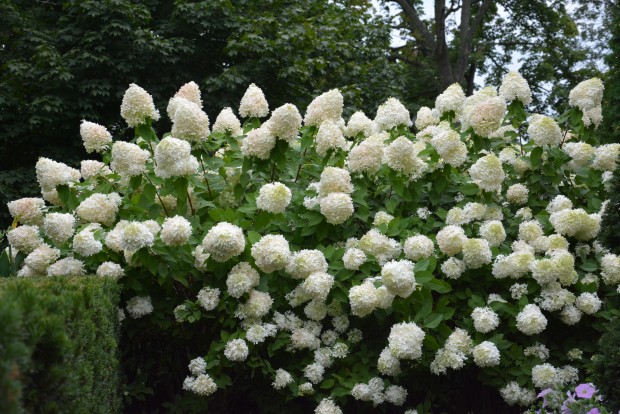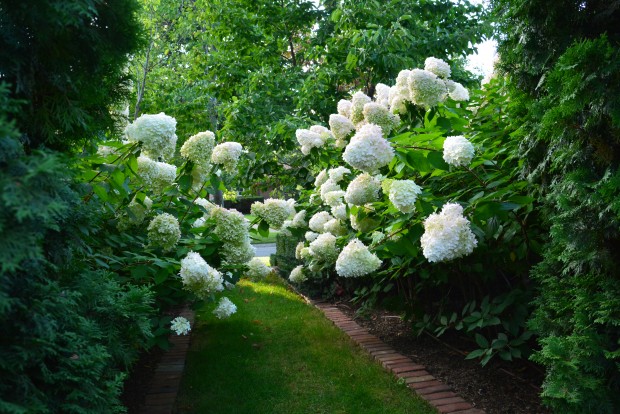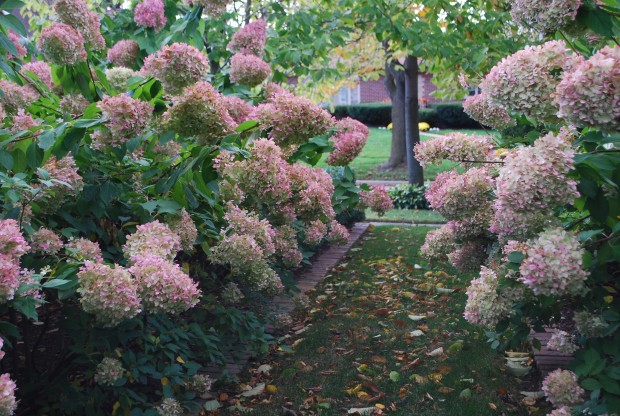
A two story high concrete block wall of a storage rental business sits right about on the west lot line of the Detroit Garden Works property. It goes on and on, and sky high, for 120 feet. When the building went up some 15 years ago, I was unhappy about that 2400 square feet of beige concrete looming over us; that industrial glare was relentless. The front door to the shop is on the east side of the building. Our front door is on the side of the building. Quirky, yes. The history of the building determined the location of our front door. We warmed up to the prospect of a main door on the side. We had the idea that the walk down the long side of the shop to our front door would be a walk through a garden, and create anticipation for the experience to come. That giant wall was threatening to do in our idea to create a garden of our outdoor space.
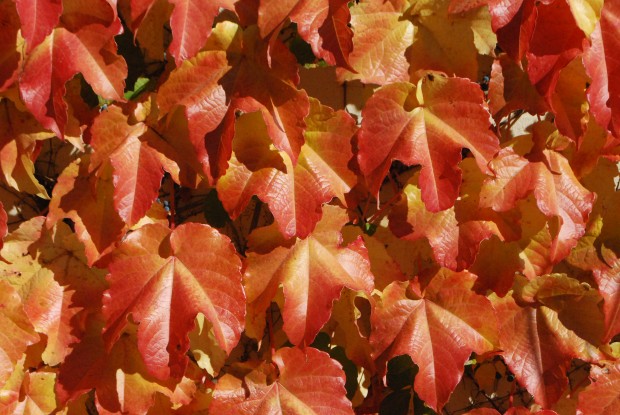 The friendly neighbor proved amenable to me planting Boston ivy on that wall. I knew of no other plant that would grip that wall for dear life, and grow up to cover a wall of this size. I planted a 1 gallon pot of parthenocissus tricuspidata veitchii every 12 feet- 10 plants in all. The wall swallowed them up. But I knew if I kept them watered, and had some patience, these 10 plants would clothe that entire wall in green.
The friendly neighbor proved amenable to me planting Boston ivy on that wall. I knew of no other plant that would grip that wall for dear life, and grow up to cover a wall of this size. I planted a 1 gallon pot of parthenocissus tricuspidata veitchii every 12 feet- 10 plants in all. The wall swallowed them up. But I knew if I kept them watered, and had some patience, these 10 plants would clothe that entire wall in green.
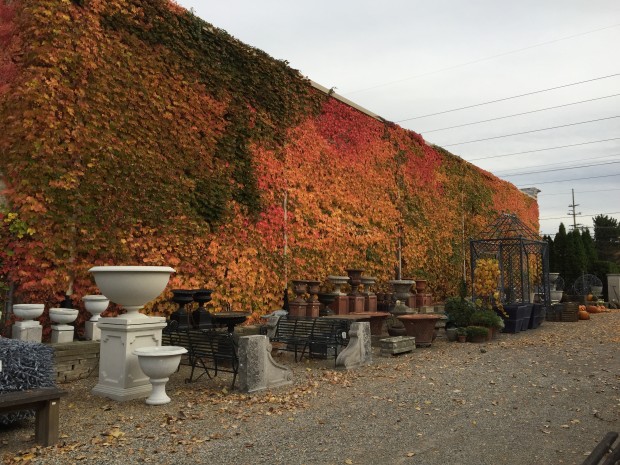 Some 15 years later, that wall is solidly covered with Boston ivy. We don’t always remember to put the water from the hose to the roots of those 10 plants. I have never seen them protest. All summer long, we have 2400 square feet of lustrous green. I would also like to point out that there has been no damage to the wall whatsoever over all of those years. Their gripping mechanism is strong enough to support lateral branches in excess of an inch in diameter, but they have not harmed the masonry. But better than that glossy green all summer is the fall color. The fall color of Boston ivy alone is enough to warrant its inclusion in the landscape.
Some 15 years later, that wall is solidly covered with Boston ivy. We don’t always remember to put the water from the hose to the roots of those 10 plants. I have never seen them protest. All summer long, we have 2400 square feet of lustrous green. I would also like to point out that there has been no damage to the wall whatsoever over all of those years. Their gripping mechanism is strong enough to support lateral branches in excess of an inch in diameter, but they have not harmed the masonry. But better than that glossy green all summer is the fall color. The fall color of Boston ivy alone is enough to warrant its inclusion in the landscape.
 Rob took some pictures for me from the roof of our building. The vines do not color up evenly, or consistently. The 2400 square feet in October is a tapestry ranging from green to olive, from peach to yellow, with dashes of flame red and cream. That wall is a fall garden story of astonishing size that goes on for weeks. From start to finish, the Boston Ivy fall display spans 60 days.
Rob took some pictures for me from the roof of our building. The vines do not color up evenly, or consistently. The 2400 square feet in October is a tapestry ranging from green to olive, from peach to yellow, with dashes of flame red and cream. That wall is a fall garden story of astonishing size that goes on for weeks. From start to finish, the Boston Ivy fall display spans 60 days.
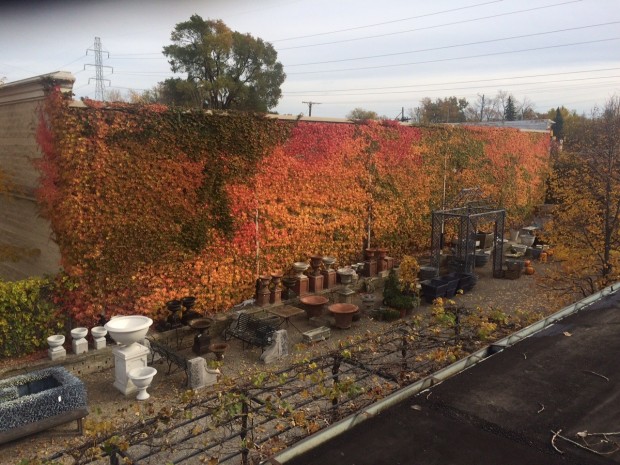 Rob’s view from the roof tells the entire story. Though we have on occasion had a lateral branch detached in high winds, the gap fills in within a blink of an eye. Boston ivy is a more than willing grower. Willing, in our case, is a big plus. Should you grow it on a house with windows, be prepared to prune, and prune again. This giant concrete wall is a garden. How these vines have covered this wall is as delightful as it is miraculous. The most miraculous moment comes that one week in the fall when this wall is fiery gorgeous.
Rob’s view from the roof tells the entire story. Though we have on occasion had a lateral branch detached in high winds, the gap fills in within a blink of an eye. Boston ivy is a more than willing grower. Willing, in our case, is a big plus. Should you grow it on a house with windows, be prepared to prune, and prune again. This giant concrete wall is a garden. How these vines have covered this wall is as delightful as it is miraculous. The most miraculous moment comes that one week in the fall when this wall is fiery gorgeous.
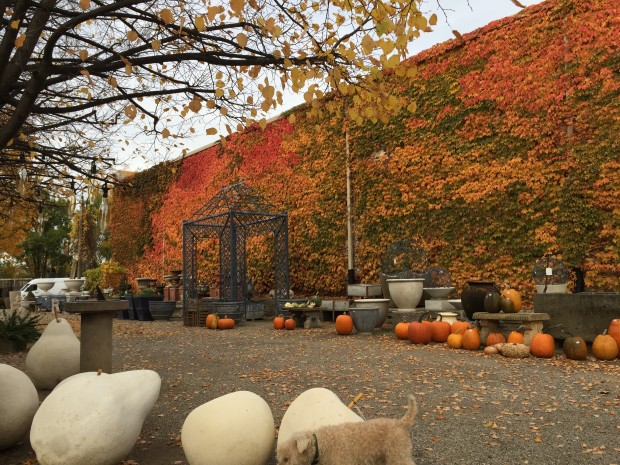 This concrete wall is spectacular right now, in a way I never really imagined. I just took the first step. I put the plants in the ground, and watered. The ivy did the rest. This simple story is like any story waiting to be written about a landscape. Plant some trees. Plant some shrubs. Plant some perennials, and a raft of bulbs. Look after them. What grows will delight you.
This concrete wall is spectacular right now, in a way I never really imagined. I just took the first step. I put the plants in the ground, and watered. The ivy did the rest. This simple story is like any story waiting to be written about a landscape. Plant some trees. Plant some shrubs. Plant some perennials, and a raft of bulbs. Look after them. What grows will delight you.
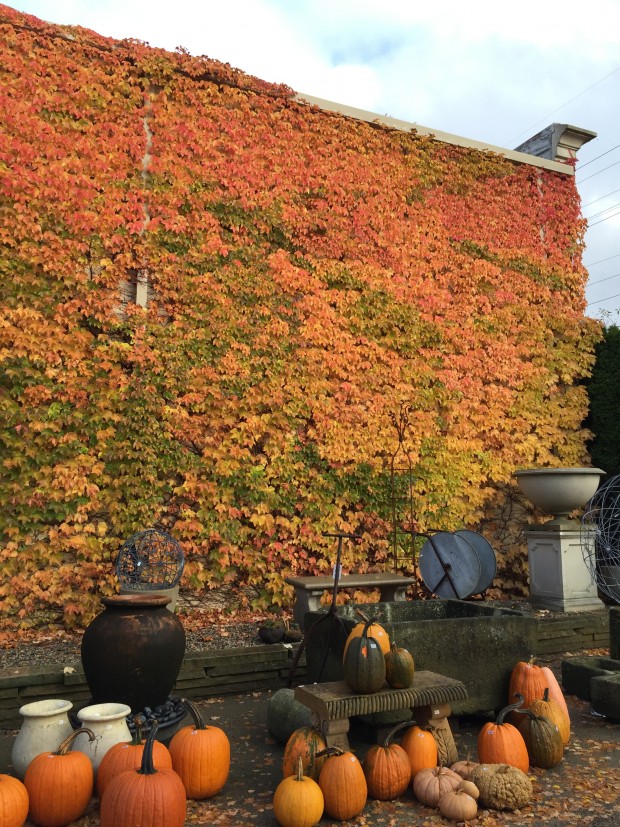 the wall in late October
the wall in late October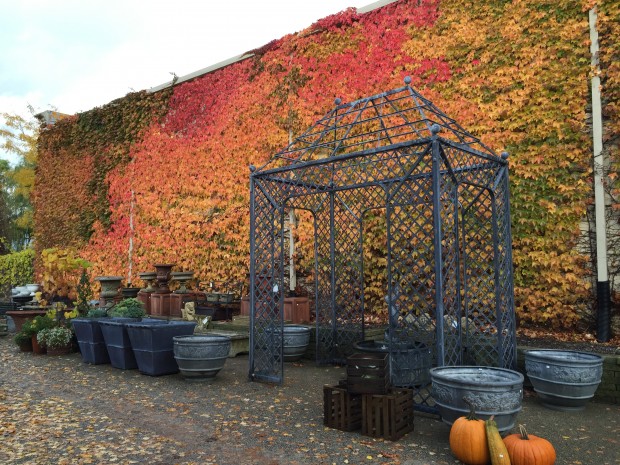 Our gloriette looks so beautiful with the Boston Ivy behind it. The fall is a favorite season of mine. There is so much color that comes courtesy of nature. How I love this late season moment. How appropriate that the end of the gardening season is attended by so much fiery color and fan fare.
Our gloriette looks so beautiful with the Boston Ivy behind it. The fall is a favorite season of mine. There is so much color that comes courtesy of nature. How I love this late season moment. How appropriate that the end of the gardening season is attended by so much fiery color and fan fare.
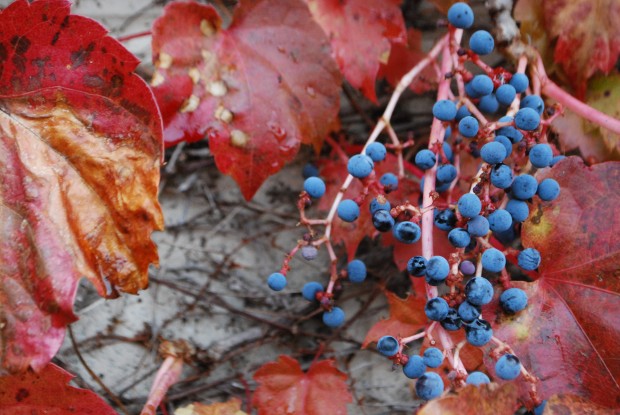 The Boston ivy leaves will fade, and eventually fall. Their fruits are their brilliantly blue. The first frost will blacken these fruits. But for now, I am enjoying all the color. I have written about the Boston ivy every year for the 7 years I have been writing this blog. Interested in how these vines looked in 2009? Click on!
The Boston ivy leaves will fade, and eventually fall. Their fruits are their brilliantly blue. The first frost will blacken these fruits. But for now, I am enjoying all the color. I have written about the Boston ivy every year for the 7 years I have been writing this blog. Interested in how these vines looked in 2009? Click on!
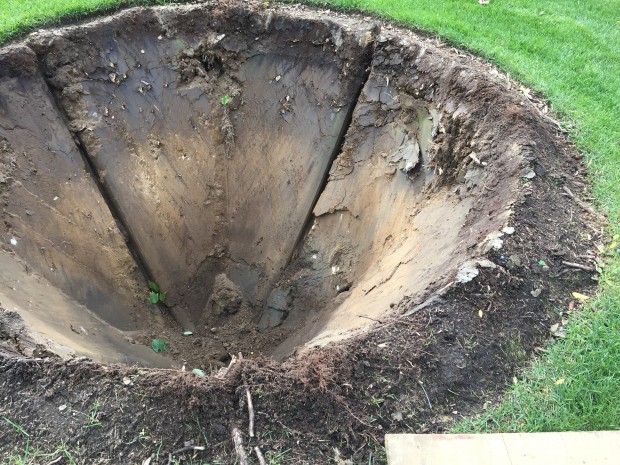
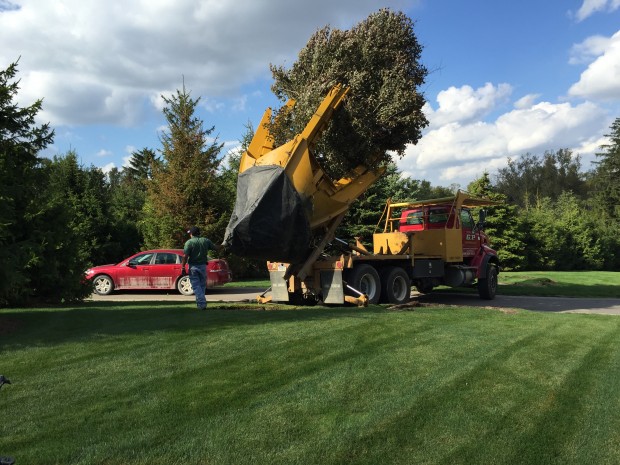

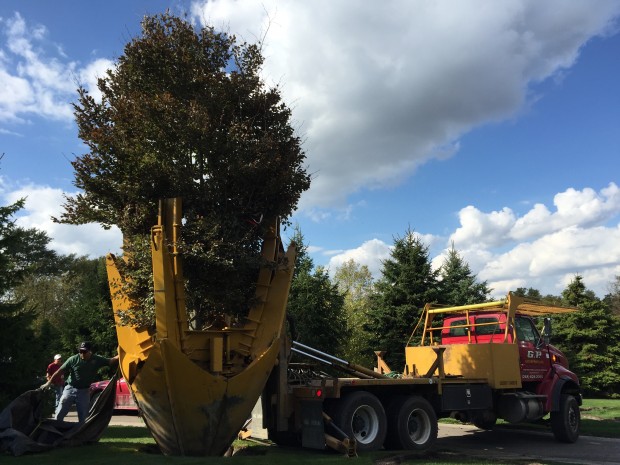
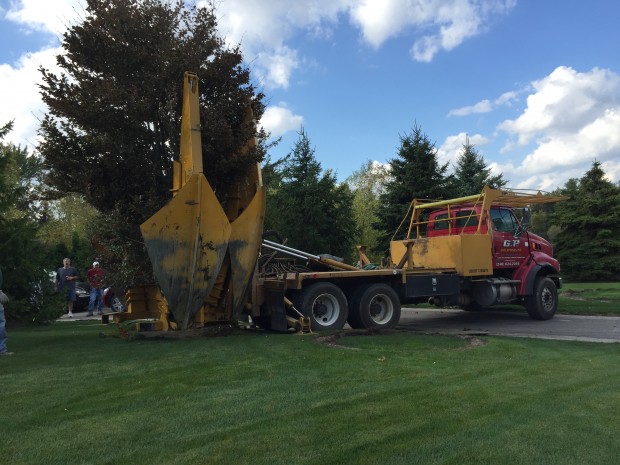
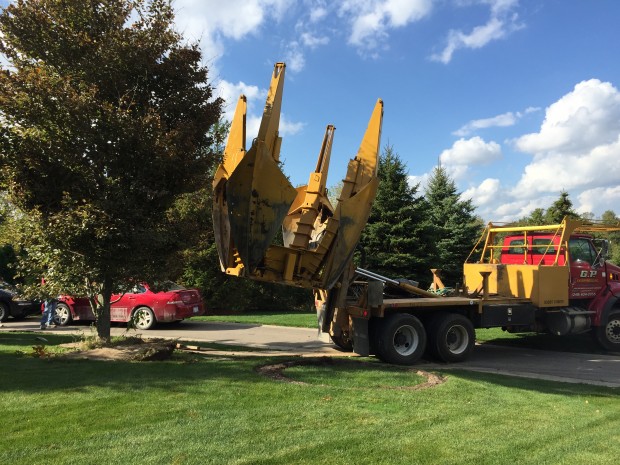

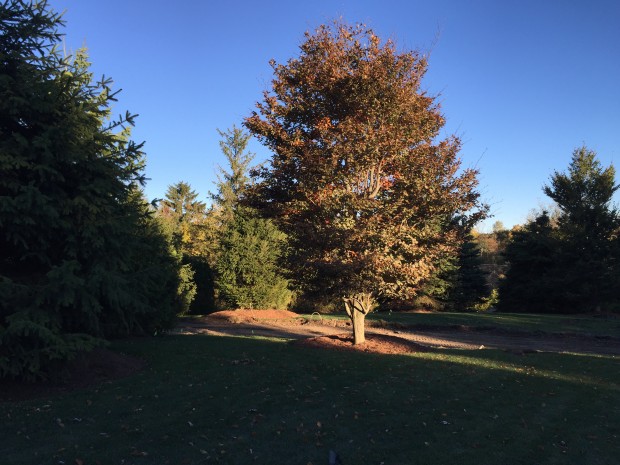

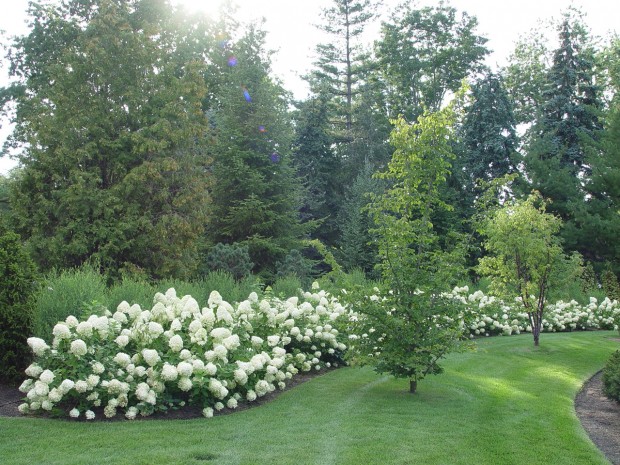
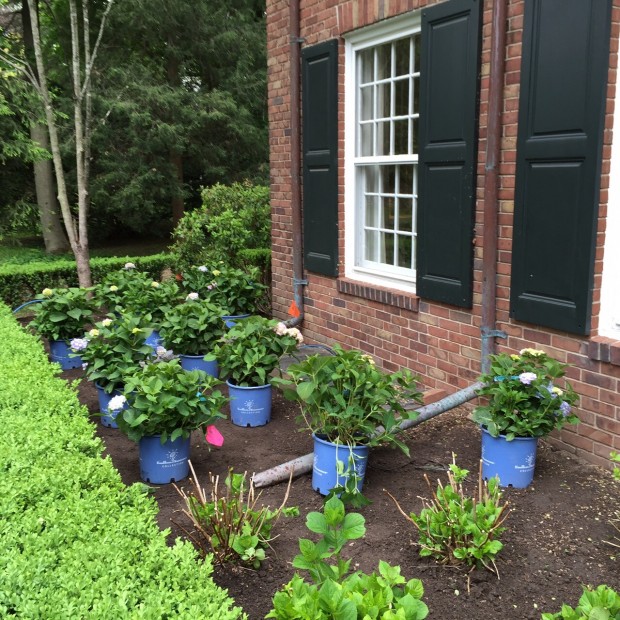
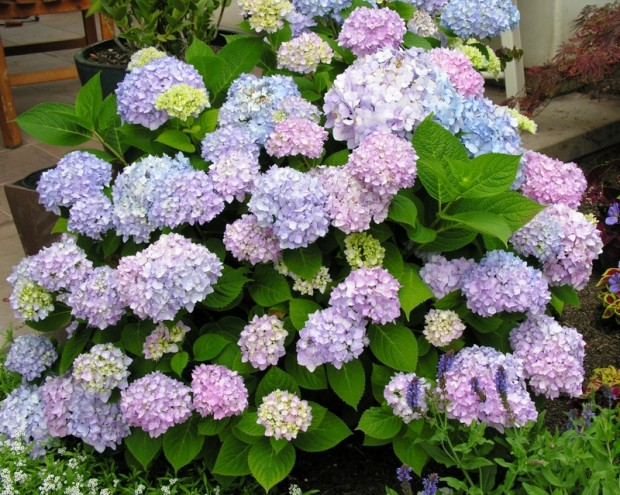
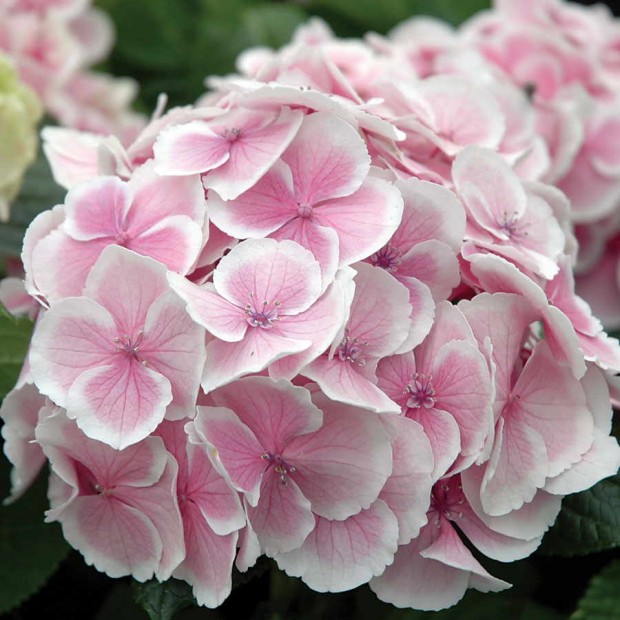
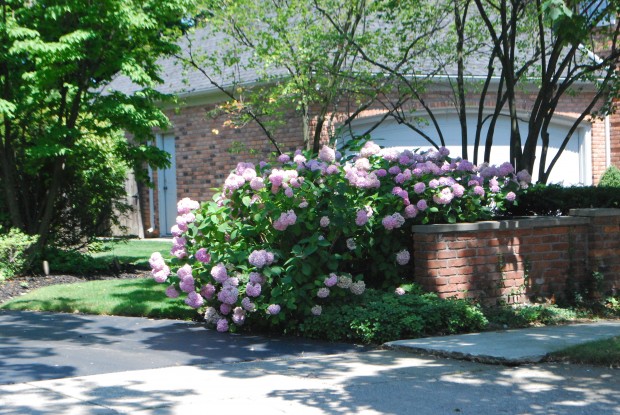
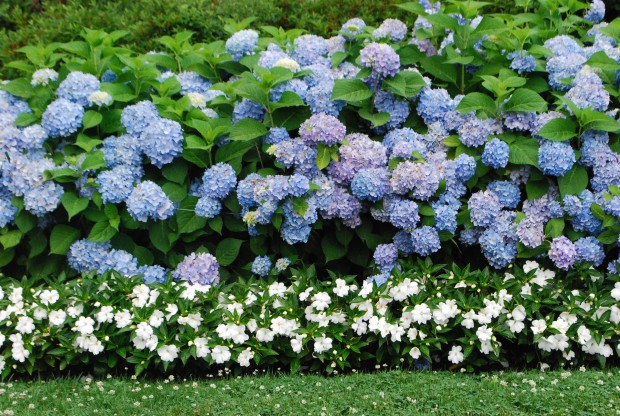
![[wallcoo]_hydrangea_picture_4(1)](https://deborahsilver.com/wp-content/uploads/2015/08/wallcoo_hydrangea_picture_41-620x465.jpg)
